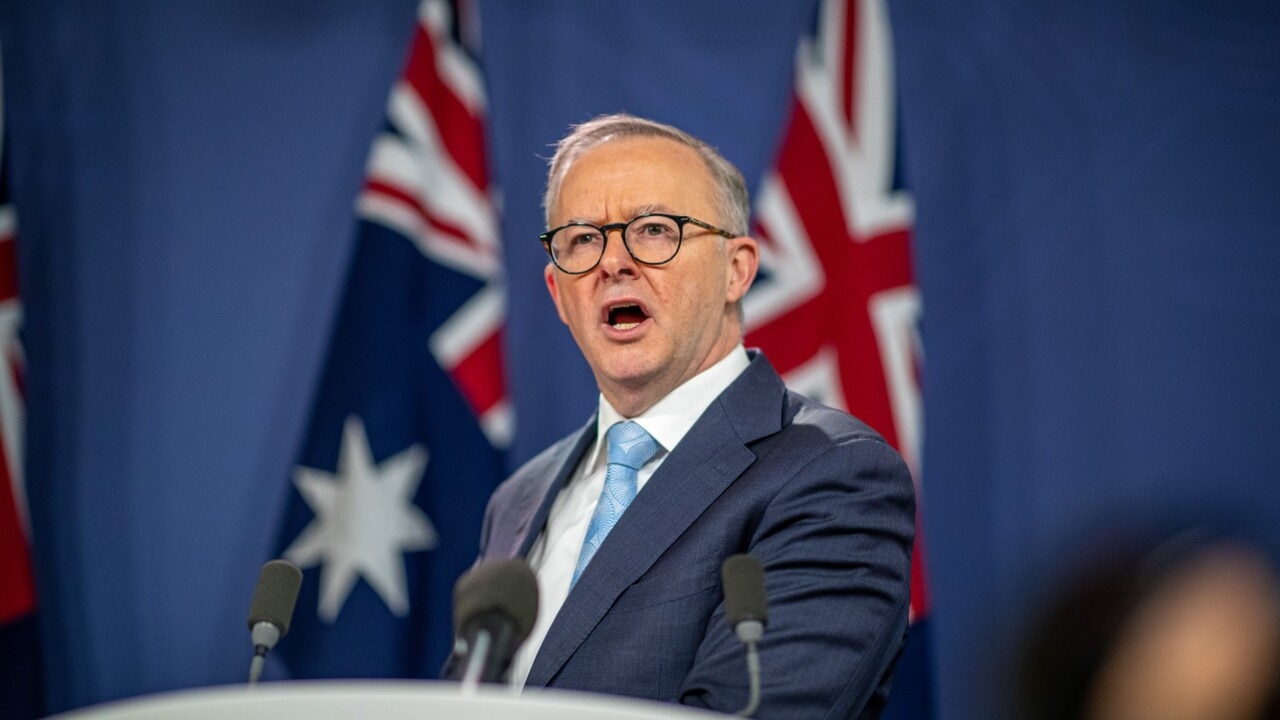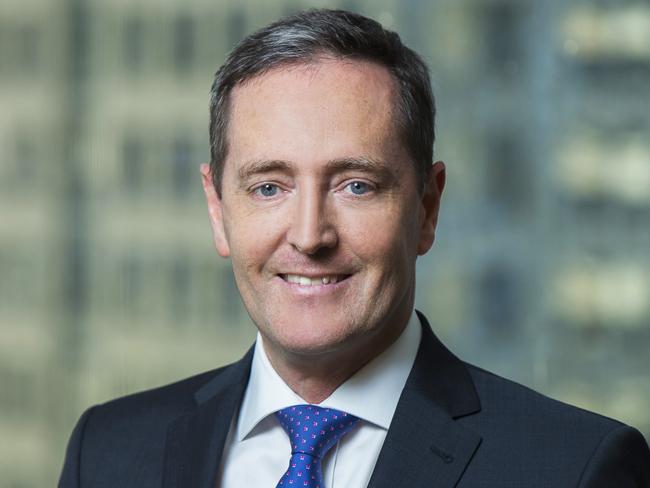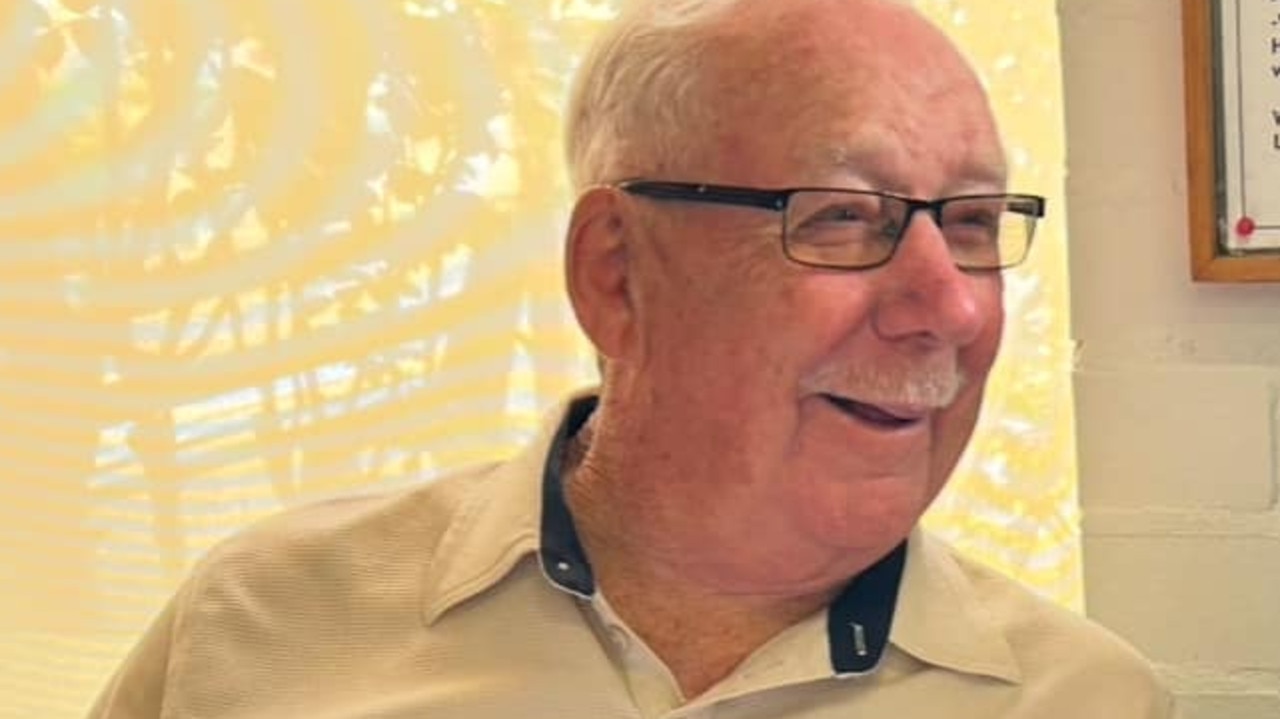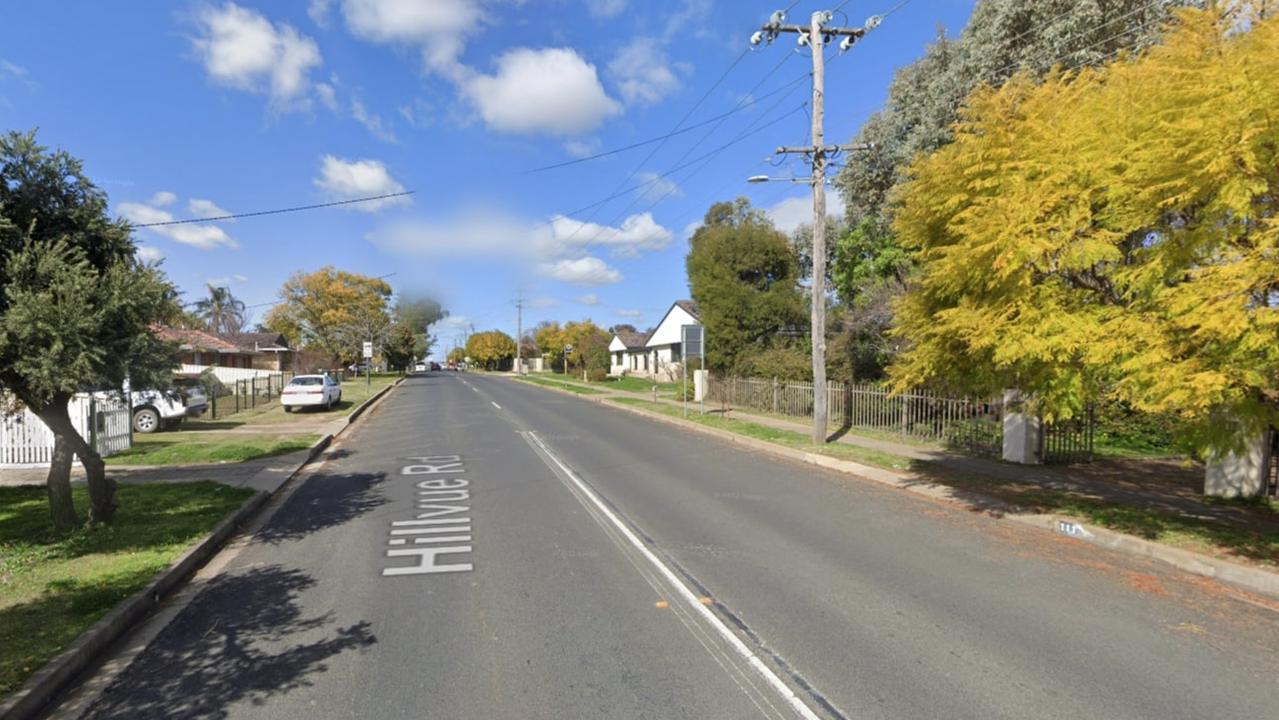Best places to work: employers that pay above the super guarantee
Australian employers must pay staff a minimum of 10.5 per cent superannuation, but some go above and beyond. See who made it to the list.

National
Don't miss out on the headlines from National. Followed categories will be added to My News.
While most Australians are squirrelling away for retirement at a rate of 10.5 per cent, some lucky workers are reaping as much as 18 per cent or more from their employer.
Data from job site Indeed reveals about one in 200 job postings (0.5 per cent) feature an above-standard superannuation offering – although Indeed senior APAC economist Callam Pickering suspects the real figure is likely higher.
“There are going to be a lot of employers who aren’t transparent about superannuation in their job descriptions,” he said.
“But employers certainly seem to be referring to (superannuation benefits) more than in the past, particularly compared to pre-pandemic levels.
“That’s consistent with the trend in benefits more broadly. Employers are being more transparent about what they can offer to attract staff.”

The Indeed data showed more than a third (36 per cent) of job listings that offered an above-standard superannuation rate were set at 17 per cent, and almost all of these roles were in the university sector.
There was also a “cluster” of job ads offering about 15 per cent, and these were mainly roles in government organisations.
For example, Queensland Police offers 18 per cent; Australian Defence Force offers 16.4 per cent; Services Australia, the Australian Taxation Office and Australian Broadcasting Corporation (ABC) offer 15.4 per cent; and Brisbane City Council offers 14 per cent.

Supercharged super was typically reserved for permanent positions.
Mr Pickering said higher-than-average super contributions could be very attractive to jobseekers, especially if their employer was unable to offer a wage rise.
“Knowing you are getting a little extra in your super balance each month is definitely appealing,” he said.
“We see that job postings that are transparent around these benefits do attract more jobseeker interest – more candidates, more applications – and it’s making recruitment easier.”
The Association of Superannuation Funds of Australia (ASFA) chief executive Dr Martin Fahy said superannuation increases could made a big difference come retirement.
“Moving compulsory super contributions to 12 per cent (from mid-2025), as legislated, will see the majority of Australians build adequate savings to achieve a comfortable and dignified lifestyle in retirement, and at the same time, reduce the fiscal burden on the Age Pension,” he said.
“Even small additional super contributions will make a significant impact on retirement balances thanks to the magic of compound interest and the high average long-term investment returns.”

According to the Australian Securities and Investments Commission’s Moneysmart, a 21 year old on a $65,000 salary package with 10.5 per cent super contributions from their employer and typical investment options could expect to retire at 67 with about $491,000, without making any extra personal contributions or receiving any pay rises throughout their career.
The same person with a 15.4 per cent contribution would retire with about $639,000.
The same person with 17 per cent would retire with about $708,000.
“Later comes sooner than we think”
The University of Adelaide is one of many universities that offers a 17 per cent superannuation contribution to continuing and fixed-term employees – well ahead of the legislated 10.5 per cent.

Deputy Vice-Chancellor (external engagement) Dr Jessica Gallagher said the sector relied heavily on its ability to attract great staff.
“While the decision to work at a university is rarely made solely on the basis of financial considerations or remuneration, having access to great superannuation contributions is definitely a great benefit,” Dr Gallagher said.
The University’s manager of government relations Sonia McKenzie moved from a government career in Canberra to Adelaide’s higher education sector last July.
She was attracted by the role and the university’s reputation as well as the work-life balance, flexibility “and of course a 17 per cent superannuation contribution”.
“For over a decade I received 15 per cent superannuation working in government and I am now working in an industry that offers 17 per cent,” Ms McKenzie said.
“I think for a lot of young people retirement seems so far away, that there is plenty of time to consider it later.
“However, the choices we make at the start of our career can impact our future, and later comes sooner than we think.”




